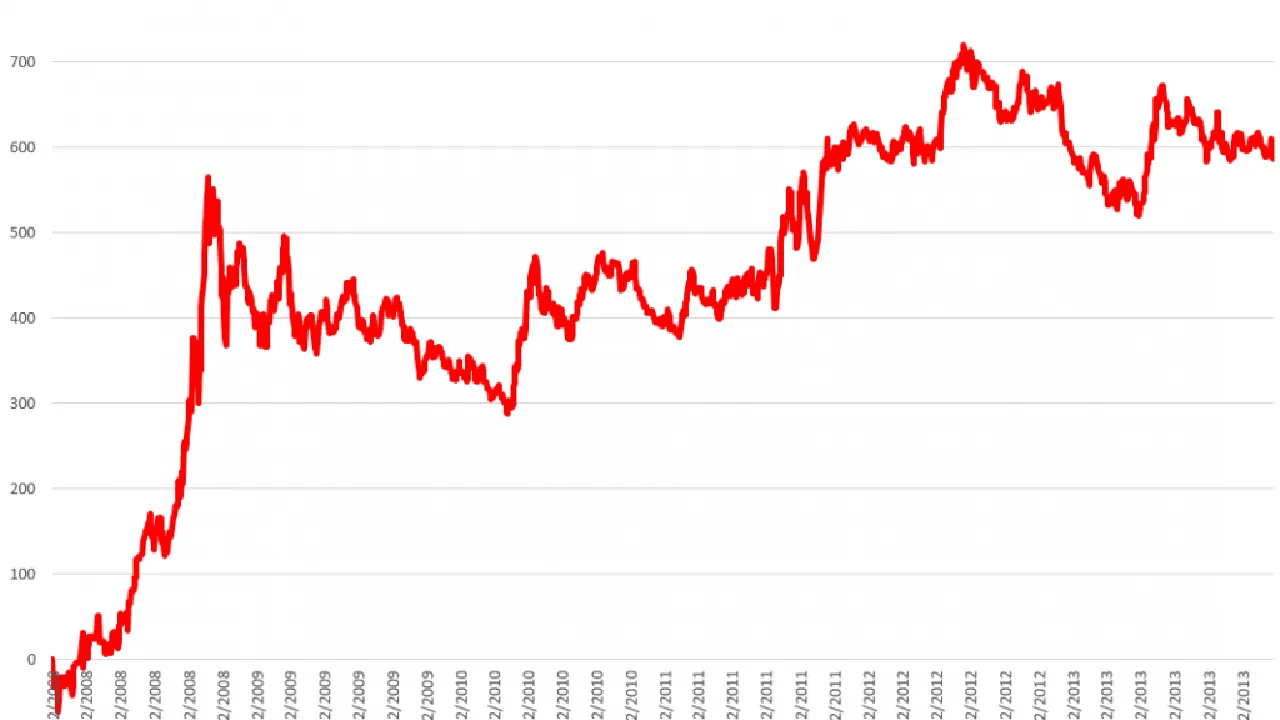The broad goal for time series analysis is to be able to build a model that identifies all autocorrelation in a time series and uses this to create trend forecasts. We want to be able to use all the information from past behaviour that we believe is relevant to future movements with the hope that all is left is to add some form of uncorrelated error function that is derived from a common distribution. Whilst, especially in the financial markets, this level of accuracy is more an optimal/un-reachable solution than an attainable one due to the many other factors at play, the principle goal is still something we can work towards. With time series analysis, we alter the above to ask the following question -> how much of past behaviour can we use to model future prices and what external factors and error components can we add to model what’s left?One of the starting points for any time series analytics is to produce a random walk model. Whilst they can vary in intelligence depending on how much information you provide to determine the direction they should be moving in, random walks models provide a robust framework to different types of predictions. We can use a random walk model to create a benchmark against which we grade other, more sophisticated models we use in the future. We could also use this model as the sophisticated model itself, by providing intelligence to determine probabilities of price moving up or down.TheoryOne benefit of random walk models is that the underlying theory is relatively straightforward. In a sentence, a random walk model will create a new observation by taking the previous one and adjusting it with a random step up or down. Typically, this random step is the residual value, the error that occurs in our model that we would hope are independent and identically distributed variables since we have already abstracted away as much of the autocorrelation as we can(if you’re not full clear on the concept of autocorrelation, you can check another one of my articles that explains it in further detail here). These values are therefore small values such that they don’t explain large shifts in the data that we would expect to come from an external macro cause. We can also see that we maintain the correlation of our time series by using the previous observation as a starting point for our forecast.Building ModelsIf we decided to make this model purely random i.e. 50% chance of moving up at each step, 50% chance of moving down, we have a benchmark. We can measure other models against this to see if they perform better that one without any intelligence. To provide an example of a completely “random” random walk model, I have outlined a strategy below.
#algorithmic-trading #aritificial-intelligence #tableau #algorithms
